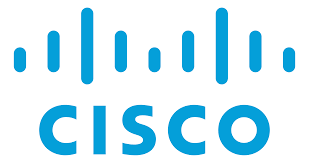Ransomware has become a billion-dollar business, and all indications are that it will continue to grow rapidly. There is a good reason for this: ransomware attacks are simple and effective. Once ransomware—a type of malware—infects a device, it covertly encrypts data and renders files inaccessible. To free the system, the malware demands a ransom payment. You must choose: pay the ransom or attempt to recover your lost data through other means. Meanwhile, the ransomware may be spreading throughout your critical systems.
The education sector, including K-12 and higher education, has become the industry segment of choice for ransomware attacks, with the highest infection rate and highest growth rate of new infections. Compared with other well-funded industries, education is less prepared to defend itself due to the open nature of education environments and typically constrained budget limitations.
The ransom itself is a minor cost compared to the impact of a successful attack, such as downtime, exposure, fines, and recovery costs. But, there is no guarantee that all data will be recovered.
Read this flipbook to learn how ransomware can infiltrate your schools and universities and how you can build an effective defense. You’ll discover what you can do today to help keep your students, campus, intellectual property (IP) and critical educational systems secure.

